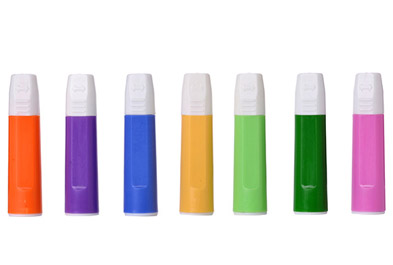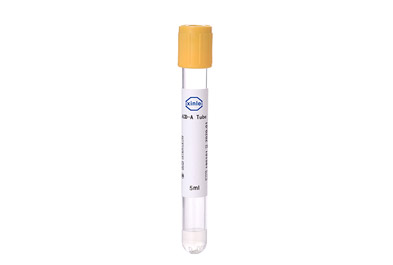So you're creating a project utilizing human blood examples. Maybe you're
researching blood cells using hematology microscopy, possibly you desire
hereditary material or distributing biomarkers. For several fundamental
scientists, the procedure of obtaining that blood out of an individual and right
into your project can be intimidating.
Whether you're gathering your samples internal or through a facility, health center, or pathology center, you'll require to have a good concept of what type of Blood Collection Tubes suit your functions. The first thing to check is your method.
Yet what happens if your procedure doesn't define, or you're adjusting a technique from an additional system or you just intend to make sure you're storing the very best type of sample for future not-yet-defined analyses? Hopefully, I can assist you to start to discover your way around all those differently-colored tubes.
Capillary Blood Collection Tube
Possibly the first thing to identify is whether you want product, or whether you'll require to quit the blood from clotting. Do not obtain serum perplexed with plasma-- while they're both the liquid, cell-free part of the blood which can be gotten by centrifugation, the crucial distinction is that serum is the item of blood which has actually been allowed to clot, while in a plasma example, the dense cells are merely rotated to the bottom.
So lotion is, in basic terms, what remains in the blood after it thickens: a cell-free fluid that is likewise diminished of coagulation factors. It can be an excellent, secure method of measuring the blood's proteins, lipids, hormones, electrolytes and so forth. Much of these markers can be saved for days in the refrigerator, or frozen down and determined in batches later.
Product (embolism activator) tubes (shade dependent on brand name; BD is frequently gold however additionally red, Greiner is red). These tubes have silica bits, which trigger clotting. Some also have a gel to separate the lotion. Those without the dividing gel are potentially more useful in delicate analysis screening. If you're searching for a protein that isn't involved in coagulation, this is a good place to begin.
Thrombin-based embolisms activator tubes (orange). Although the silica-coated tubes embolisms within about thirty minutes, the orange tubes clot within 5. They're primarily made use of clinically for tests that are required specifically rapidly. Nevertheless, some of the serum parts are a little much less secure in these tubes.
This is the classification to think about if you need cells or plasma (a cell-free liquid which still has coagulation factors).
EDTA stops thickening by chelating calcium, a vital element of coagulation. This is your basic hematology tube (whereby I imply identifying as well as counting blood cells, blood typing etc). Plasma kept from EDTA blood can additionally be used to gauge most proteins, and also hereditary material can conveniently be saved from EDTA buffy coats (the user interface in between the red cells as well as the plasma after centrifugation, consisting of white cells as well as platelets).
For coagulation and platelet function tests. Like EDTA, citrate acts by getting rid of calcium from the blood. Unlike EDTA, it's relatively easy to fix-- so calcium can be included back to research coagulation under regulated conditions. Citrated plasma is also used to determine coagulation-relevant elements. It's worth noting that a citrate tube ought to not be the very first kind of tube filled up after venepuncture-- the very first few mL of blood drawn will certainly be a bit triggered. If you only need citrate for your job, after that you should accumulate a dispose of tube first. Also, note that different focus of citrate are readily available from different firms.
CTAD stands for citrate, theophylline, adenosine as well as dipyridamole. These aren't extremely typically made use of, but deserve understanding about-- they avoid ex vivo activation of your platelets, making them valuable for some much more sensitive platelet features as well as coagulation research studies. Keep in mind that CTAD is light-sensitive, so maintain these individuals at night.
Similar being used to lotion clot activator tubes, yet appropriate for tests in plasma instead of serum. Like the serum tubes, heparin tubes can additionally come with a separating gel. Heparin acts by preventing thrombin formation. Note: if your endgame is PCR, you must recognize that heparin is specifically known to hinder PCR responses. Nonetheless, whichever anticoagulant you choose, you might require to enable it in your reaction mix.
Sodium fluoride is an antiglycolytic representative, so these tubes are made use of for glucose as well as lactate testing. They also have an anticoagulant (there are different types available).
These ones are not usual, yet they are utilized for blood as well as tissue inputting and DNA analysis.
SPS maintains microbial development. Beneficial for microbiology.
Our company also has Capillary Blood Collection Tube for sale, welcome to
consult us.

Pulished on Jun. 24, 2020

Pulished on Jun. 16, 2020